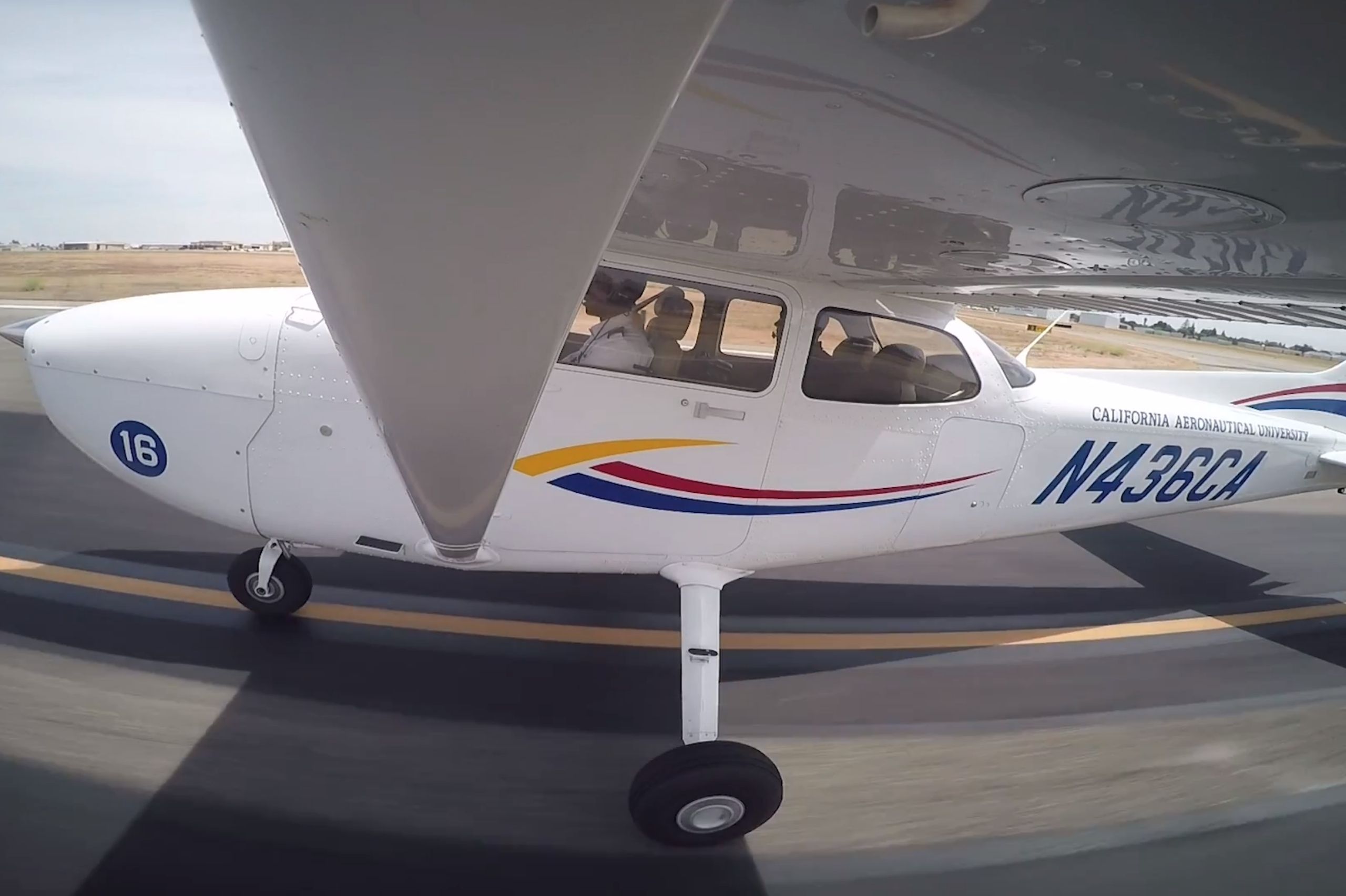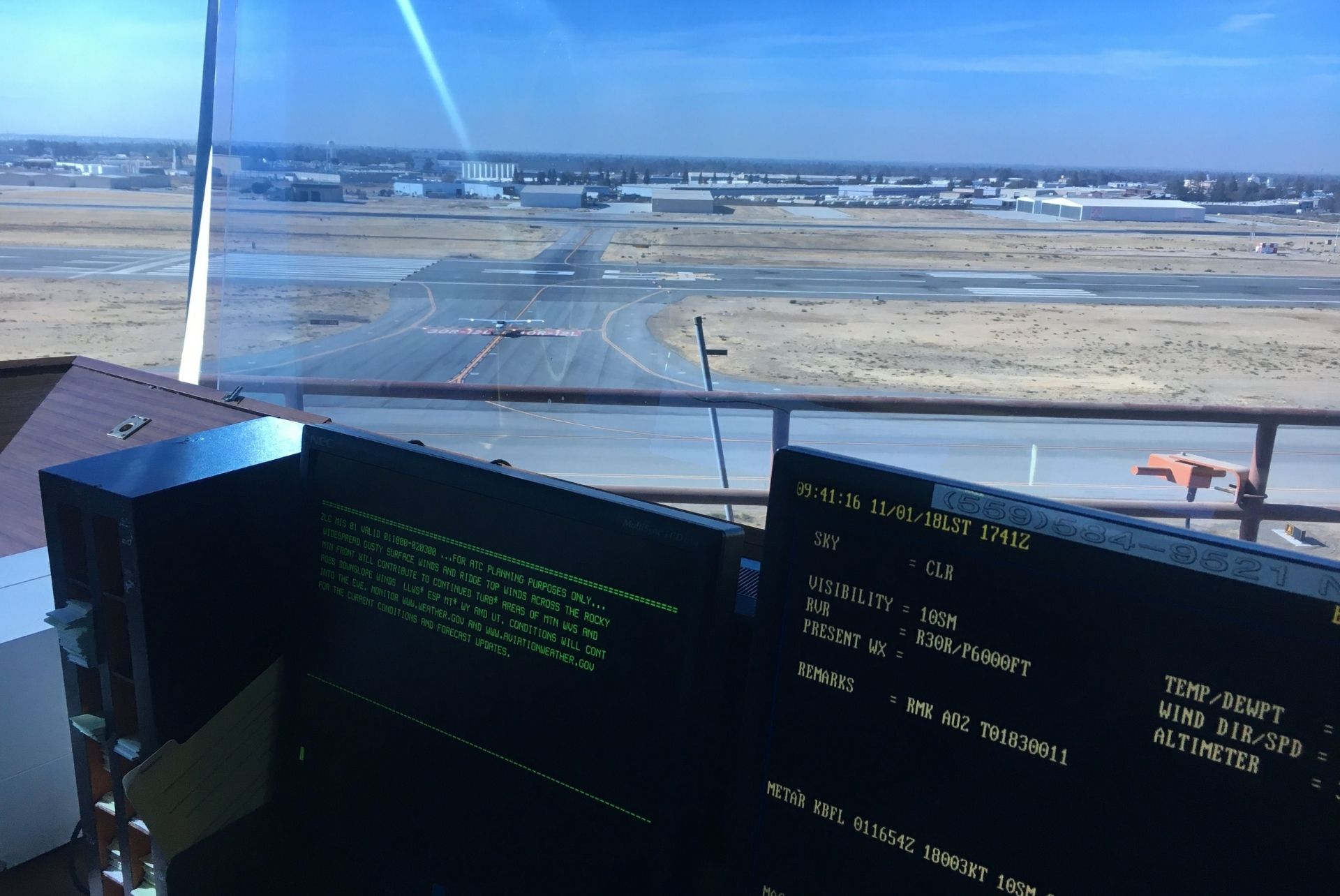Soaring high above, you may feel as though you are out of touch with the world you left behind on the ground. Thanks to the development of various communication devices, including the transponder, you are not alone.
Within moments, you can be in direct communication with air traffic control (ATC) or other pilots that are airborne like you. Normal conversation can take place. In moments when words, but if you listen long enough, you are sure to hear squawk codes.
What is a squawk code? They are a form of communication used between the pilot and ATC. Keep reading for a closer look.
What is a Squawk Code?
Squawk codes are 4-digit codes that are given to pilots by those in ATC for communication purposes while in flight. Their goal is to improve the manner in which the two communicate so that it is more effective and thorough. ATC will use this code throughout the flight as it provides basic information as well as directs the flight.
Each squawk code will be different for each aircraft in the sky. Though, each one of these codes will consist of only four numbers from 0 to 7.
Once this code is given to the pilot, it is entered into the transponder so that it will show up on the screens in ATC towers, pinging with location information. It is imperative that this is done correctly as it is vital for safety.
Safety and Security Using Squawk Codes
Throughout the duration of a flight, air traffic control monitors aircraft on the screens within their tower. This ensures the flights remain where they should be – as far as location and altitude are concerned.
In crowded airspace, squawk codes allow ATC to safely direct flights to avoid collisions between aircraft. Turning off a transponder or inputting the wrong squawk codes could have devastating results.
Aircraft that are flying under the visual flight rules (VFR) are not usually in contact with ground control, but that does not mean they do not take advantage of transponders and squawk codes. In fact, they actually use them to let others know that they are there – under VFR – and not in direct communication with ground control. This is known as Squawk 1200.
Squawk Codes for Emergencies
Because squawk codes are used for communication between the pilot and the air traffic controllers on the ground, it makes sense that they would be used for emergency situations, too. There is a set of 3 squawk codes created by the ICAO that are used when an aircraft is facing safety concerns.
Emergency squawk codes are:
-
Squawk 7500
-
Squawk 7600
-
Squawk 7700
While each of these indicates an emergency, they each specify a different situation.
What is a Squawk Code 7500?
When a pilot reaches out to ATC by entering a Squawk 7500 into the transponder, they are letting those on the ground know that the aircraft is in trouble due to being hijacked. It indicates that support is needed right away from ATC and other security services.
Many times a squawk of 7500 means that the pilot is no longer in control of the aircraft or that they have been forced to change course.
What is a Squawk Code 7600?
In the event that the radio on the aircraft fails to function properly, communication can get cut off. This can lead to grave safety risks. Because the aircraft cannot let the ATC know verbally, they can immediately change the code in their transponder to Squawk 7600.
This alerts ATC and, as the aircraft continues to travel as they should to their airport, ATC can make the necessary adjustments with those they can communicate with to ensure everyone in the sky is safe as the mute aircraft lands.
What is a Squawk Code 7700?
A Squawk 7700 indicates an emergency. This can be an emergency of any kind. Pilots may input it into the transponder themselves – or when instructed to do so by ATC. As a result, ground control will know that the aircraft is dealing with a serious issue and needs help.
Squawk 7700 could be used when there are mechanical or technical problems. It may also be used to alert of medical issues. As the aircraft approaches the destination airport, those on the ground can be prepared by clearing the runway and having all emergency services on standby to immediately address the emergency.
The Importance of Understanding Squawk Codes
Squawk codes are an incredibly important way for pilots to communicate with ground control. They serve their intended purpose of keeping everyone safe in the air under the guidance of ATC and communication from the pilots. They also work well to provide notice of emergency as referred to above with the squawk codes 7500, 7600, and 7700.
Pilots need to stay in communication with those on the ground, but their number one priority is to fly their aircraft properly and safely. Squawk codes allow pilots to easily and quickly make ATC aware of a situation without wasting too much precious time.
This, of course, brings up one more major point concerning squawk codes. These numbers must absolutely be entered properly in order to elicit the necessary response from ground control. For instance, if you are a pilot having mechanical issues, you would want to enter Squawk 7700 into the transponder. Should you mistakenly enter Squawk 7500, you could cause a stir of panic on the ground leading them to believe the aircraft has been hijacked. Believe it or not, a similar situation happened during 9/11 with Korea Air.
The lesson here? Know your codes and be careful how you enter them into the transponder.
Learn More About Aviation at CAU
The world of aviation is fascinating. If you are interested in making it a part of your future, then you may find that California Aeronautical University has the training program you are looking for.
Do you see yourself as a pilot? An aviation maintenance technician? Request information and discover all that we offer our students.
Ready to soar in your aviation career?
Mr. Matthew A. Johnston has over 23 years of experience serving various roles in education and is currently serving as the President of California Aeronautical University. He maintains memberships and is a supporting participant with several aviation promoting and advocacy associations including University Aviation Association (UAA), Regional Airline Association (RAA), AOPA, NBAA, and EAA with the Young Eagles program. He is proud of his collaboration with airlines, aviation businesses and individual aviation professionals who are working with him to develop California Aeronautical University as a leader in educating aviation professionals.



